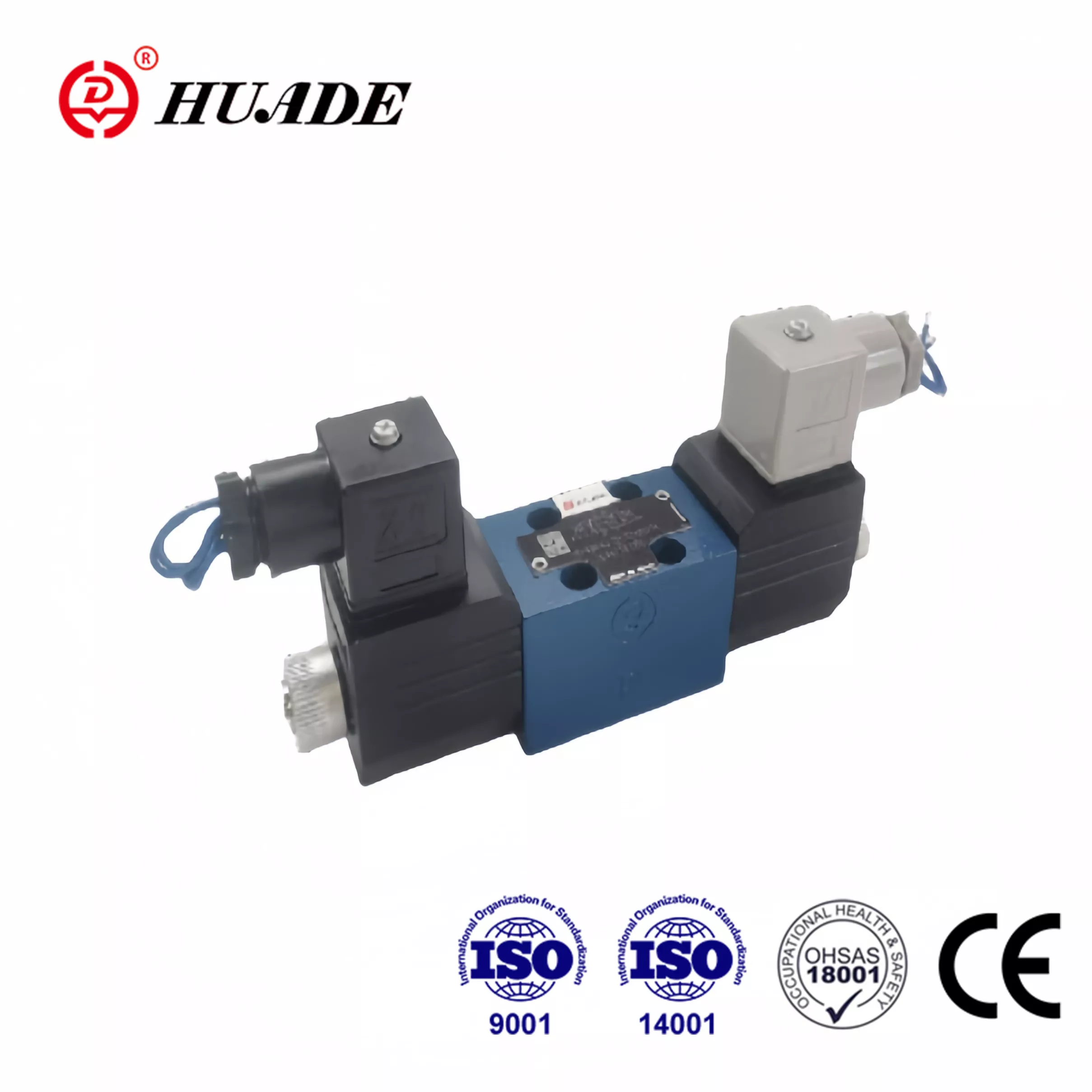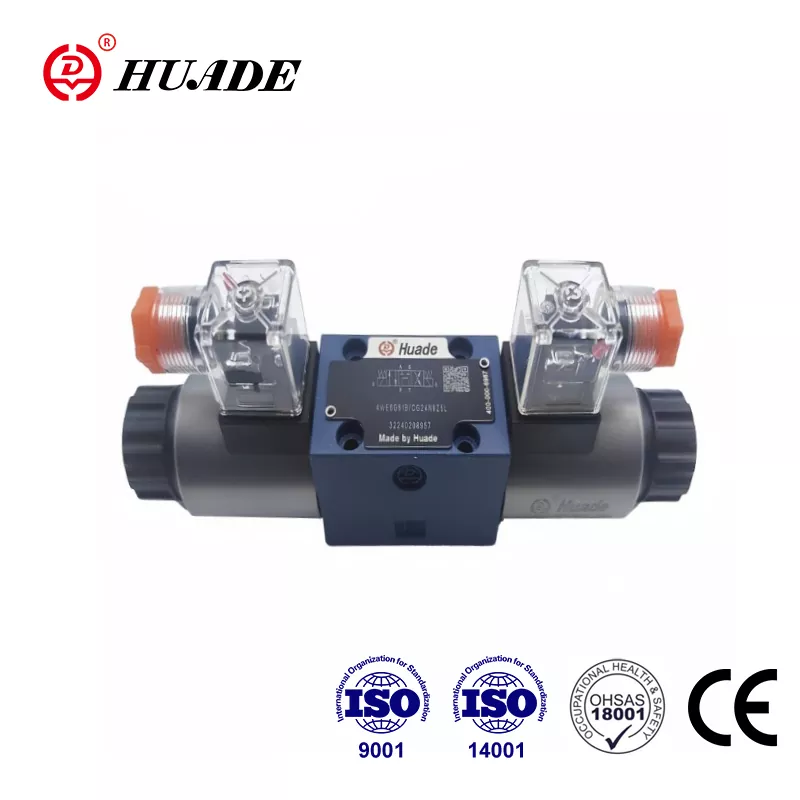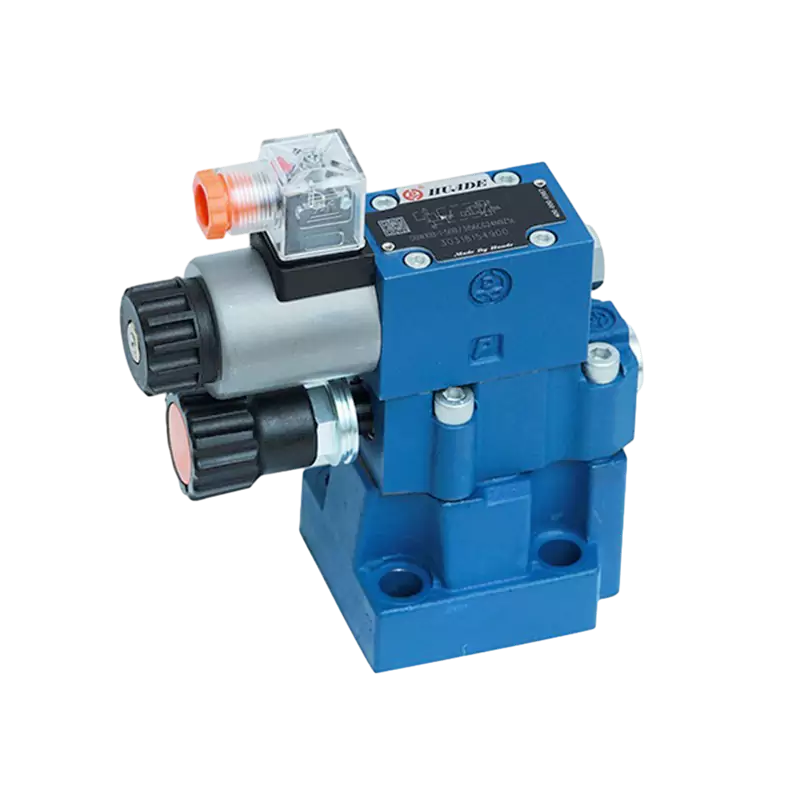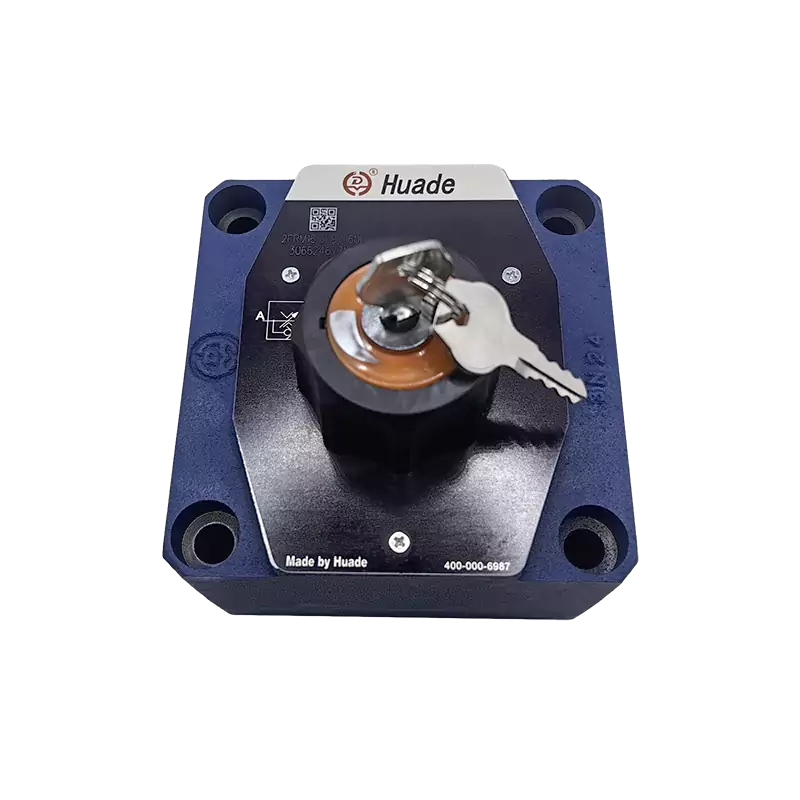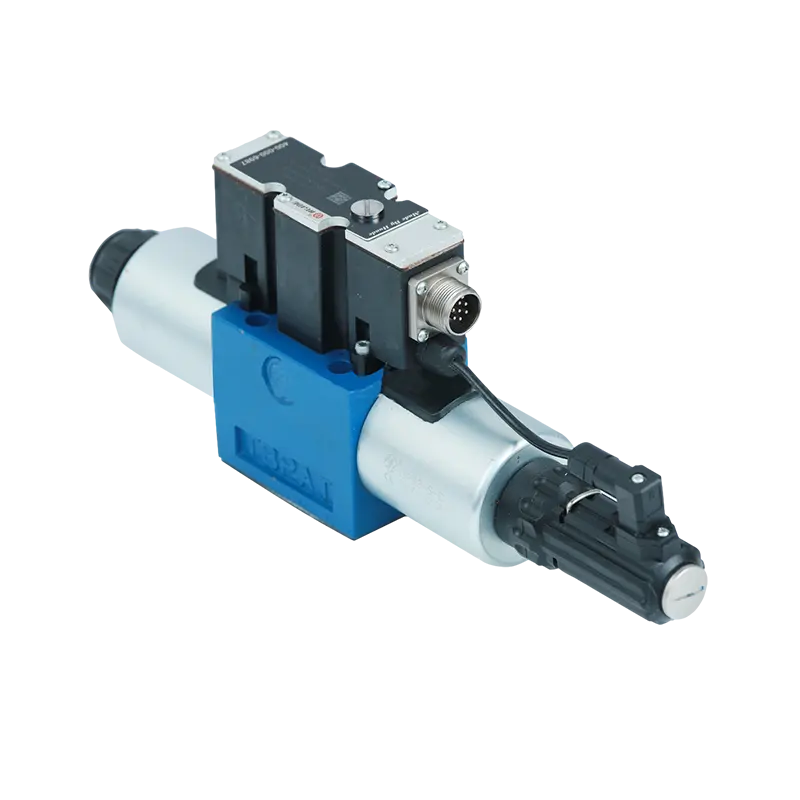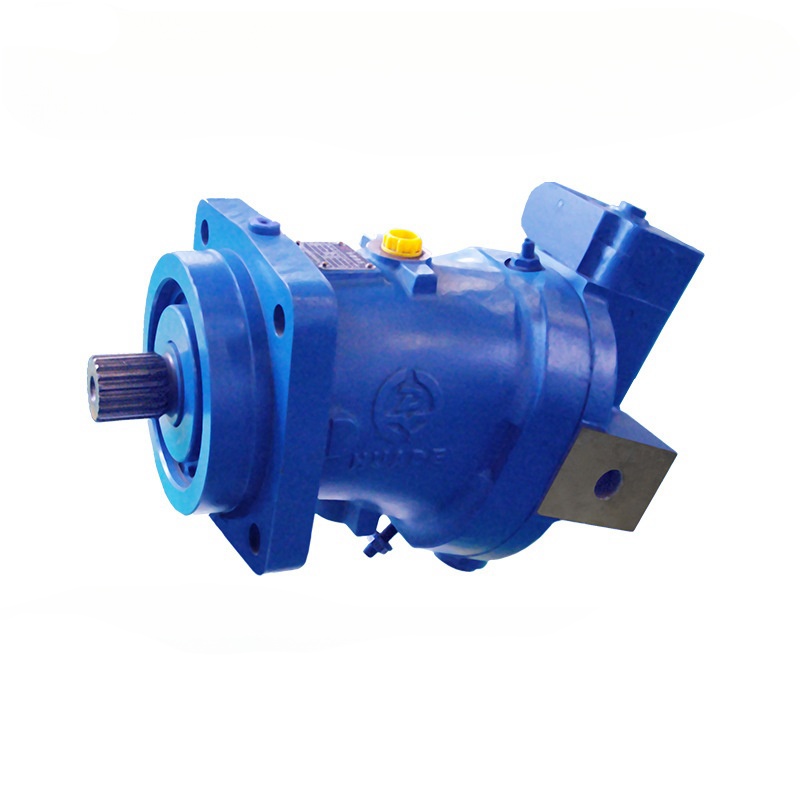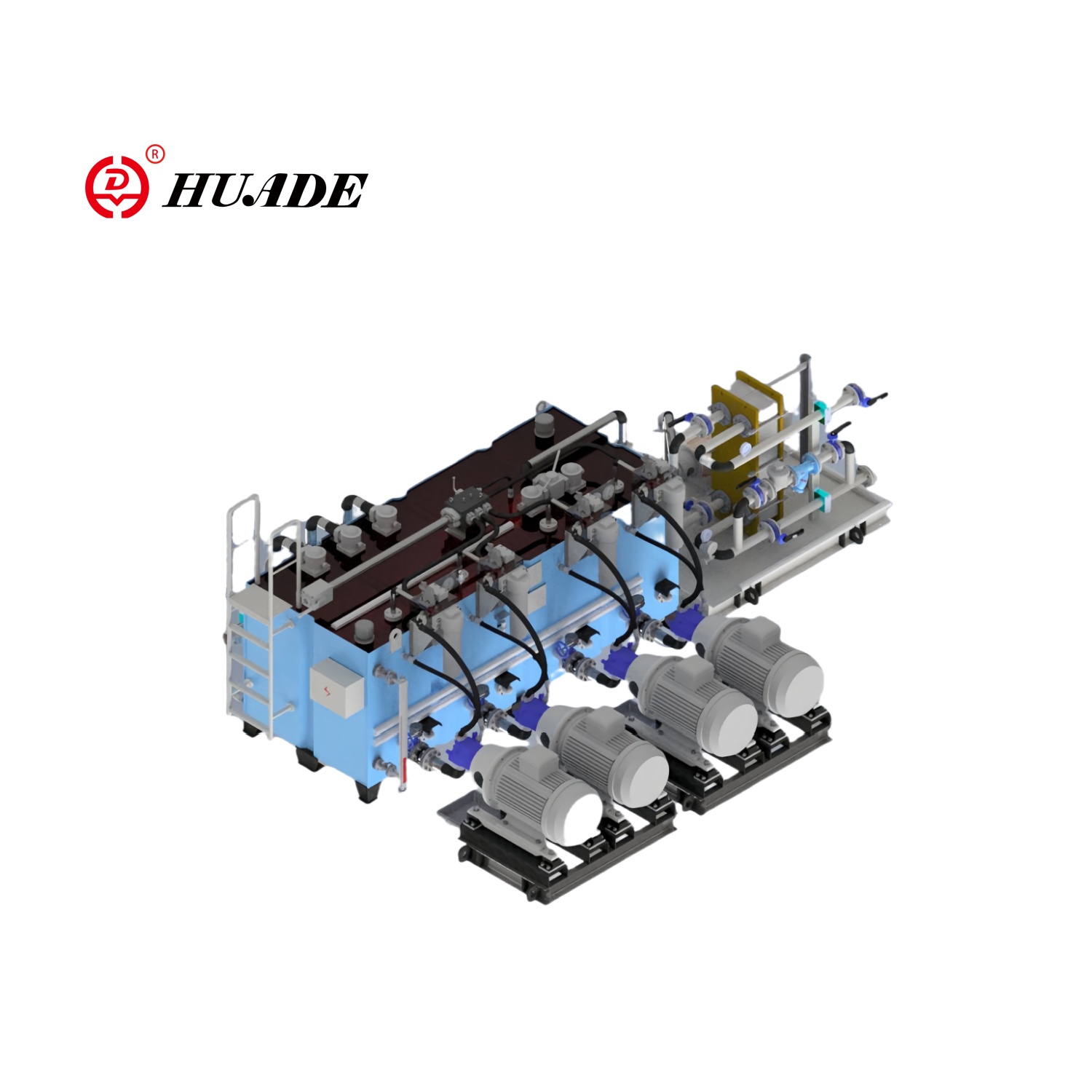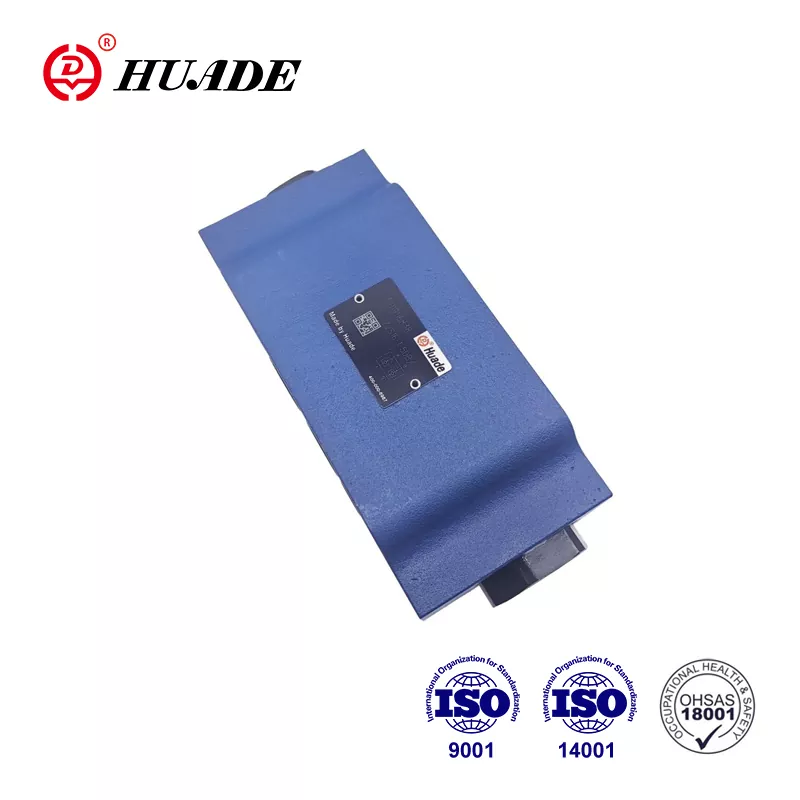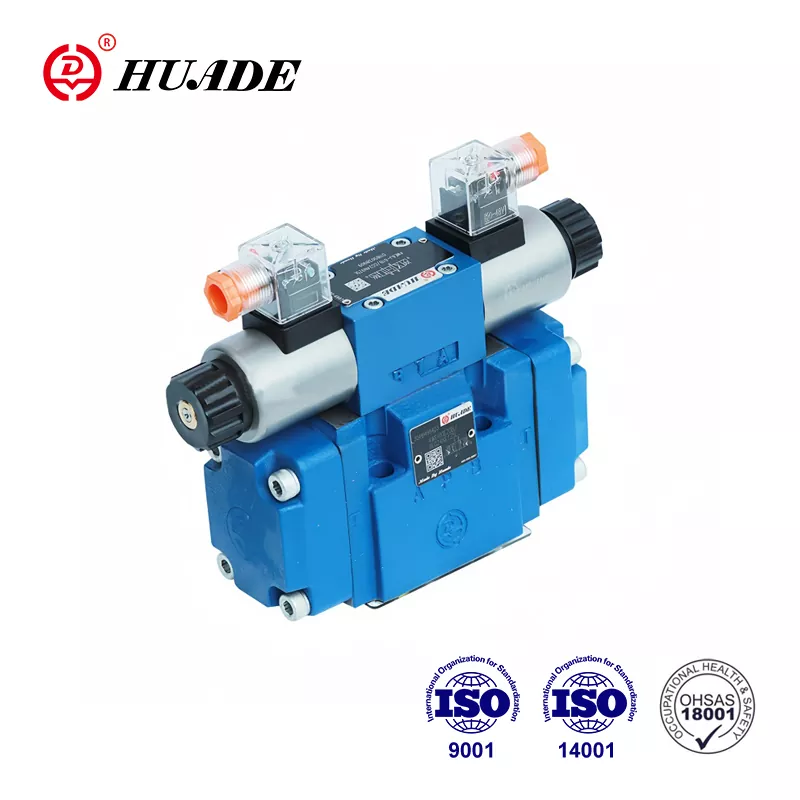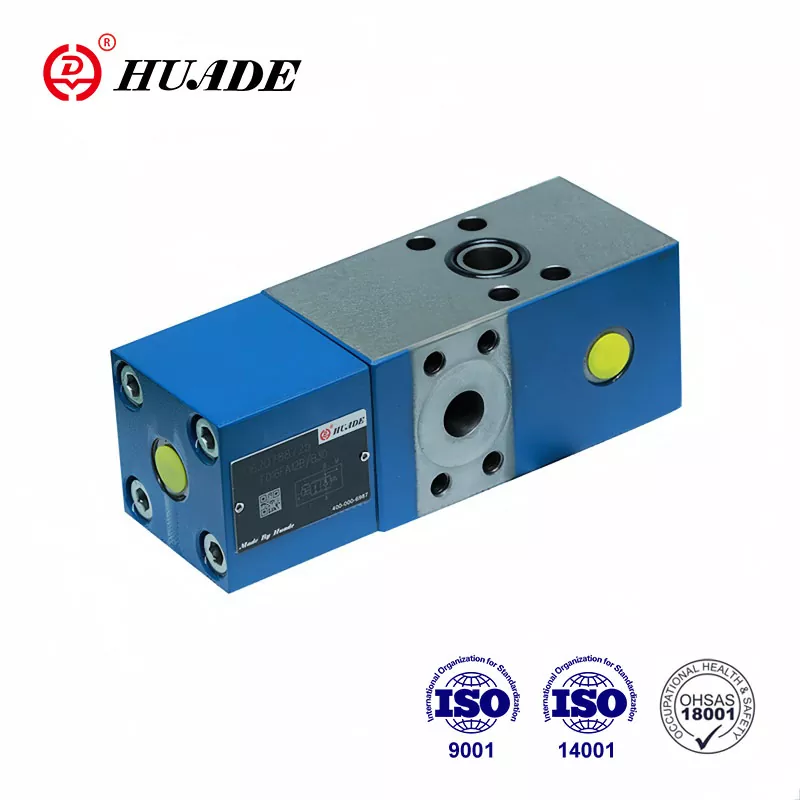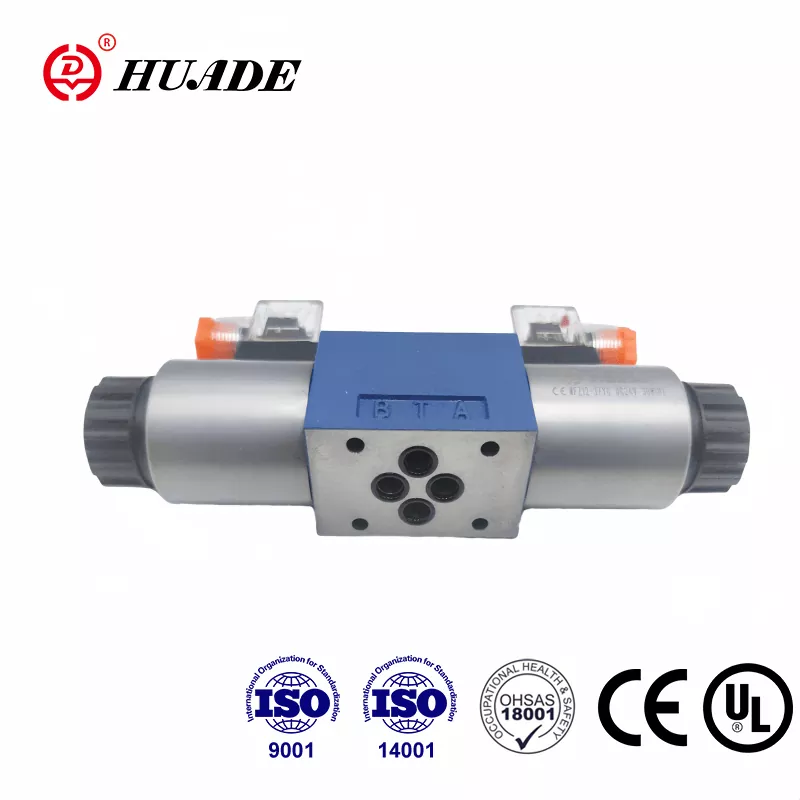When people search for "directional control valve WE 4 for Rexroth," they're usually looking at one of the most common hydraulic components in industrial machinery. The name can be a bit confusing though. What most folks actually mean by "WE 4" is the Rexroth WE 6 series valve with a 4-way function. The "4" refers to the four main ports on the valve, while the "6" tells you the size designation, which matches the industry standard NG6 or CETOP 3 mounting pattern.
This distinction matters because if you're ordering parts or designing a system, you need to know exactly what you're working with. The Rexroth directional control valve in this category has been a workhorse in hydraulic systems for decades, and there are good reasons why it remains popular today.
What Makes the Rexroth WE 6 Valve Special
The Rexroth WE 6 directional control valve stands out in the crowded field of hydraulic valves because it packs serious performance into a compact package. This valve can handle pressures up to 350 bar, which is about 5,076 psi, and flow rates up to 80 liters per minute when you're using the DC solenoid version. For an AC solenoid, that drops to 60 liters per minute, but that's still plenty for most industrial applications.
The valve uses what's called a direct-acting wet-pin solenoid design. Without getting too technical, this means the electromagnetic coil sits in the hydraulic oil, which helps cool it down and makes it run quieter. The oil also lubricates the moving parts, which extends the life of the valve. This is different from some cheaper designs where the solenoid sits outside the oil and runs hotter.
What really sets this directional control valve apart is how it meets international standards. The mounting pattern follows ISO 4401-03-02-0-05, which is the same as the American NFPA D03 standard. This standardization means you can swap out a Rexroth valve for another brand's NG6 valve without changing your mounting plate or plumbing. That's a big deal when you're maintaining older equipment or trying to source parts quickly.
Understanding the 4-Way Function
When we talk about a 4-way directional control valve, we're describing how the valve controls hydraulic flow. The valve has four main ports, typically labeled P, T, A, and B. Port P connects to your pump and brings in pressurized hydraulic fluid. Port T connects to your tank and is where fluid returns. Ports A and B connect to your hydraulic cylinder or motor.
The Rexroth WE 6 valve can be configured as a 4/3 valve, which means four ports and three positions, or a 4/2 valve with four ports and two positions. The three-position version is more common because it gives you a neutral center position where the valve returns when you turn off the electrical signal.
Different center positions do different things. A closed center, which Rexroth calls a "C" spool, blocks all the ports in the middle position but connects A and B to the tank. This is useful when you need to hold a load in place. An open center, marked as "G" or "T" in Rexroth's system, connects the pump directly to tank in the neutral position while blocking A and B. This is what you'd use with a fixed displacement gear pump because it lets the pump unload when nothing is moving.
The "E" spool configuration is popular too. It blocks the pump but connects A, B, and T together in the center. And if you need maximum holding force, the "H" spool blocks all four ports completely in the neutral position. This is what machinists use for workholding clamps because there's virtually no leakage once the clamp is set.
How the Rexroth Valve Compares to Competition
The NG6 directional control valve market is competitive, with Parker Hannifin and Eaton Vickers offering similar products. All three major brands make valves that physically interchange because they follow the same CETOP 3 standard. This makes your buying decision come down to performance details, price, and how fast you can get the valve.
The Rexroth WE 6 and the Vickers DG4V-3 both max out at 80 liters per minute and 350 bar on the main ports. Parker's D3W series claims higher flow capacity, up to 150 liters per minute in the same D03 footprint. That might matter if you're pushing the limits, but for most applications, the Rexroth valve provides plenty of capacity.
One area where differences show up is in the tank port pressure rating. The Rexroth valve typically allows 160 bar back pressure on the T port for certain spool types. Parker's D3W goes up to 210 bar, and the Vickers DG4V-3 high performance version handles 207 bar. If you have long return lines or need to manage back pressure, this might influence your choice.
Price-wise, the Rexroth directional control valve usually runs around £255 for a basic unit, though prices vary based on configuration and where you buy. You can find these valves through industrial distributors, on eBay for used or surplus units, and through major suppliers like RS Online.
Why Fluid Cleanliness Matters More Than You Think
Here's something that catches a lot of people off guard about the Rexroth WE 6 valve. Even though it's built tough and can handle 350 bar of pressure, it's surprisingly sensitive to dirty hydraulic oil. The precision fit between the spool and the bore is what lets the valve seal at high pressure, but that same tight clearance, usually between 3 and 13 microns, means particles can jam things up.
When contaminants get into that small gap, they create what the industry calls spool stiction or silt lock. The spool gets stuck and won't move even when the solenoid is energized. If you're running AC solenoids, this can actually burn out the coil because it stays in the high inrush current mode instead of dropping to holding current once the spool moves.
Rexroth specifies that your hydraulic system should maintain ISO 4406 cleanliness class 20/18/15. That's not just a suggestion. Good filtration and keeping contamination out of your system is probably the single most important thing you can do to keep your directional control valves working reliably. It matters more than buying the most expensive valve or over-engineering your electrical controls.
A proper maintenance routine includes checking filter elements based on pressure differential, keeping the oil cool, and making sure water doesn't get into the system. The old hydraulic saying is keep your oil "clean, cool, and dry," and that really is the key to long valve life.
Electrical Connections and Protection
The Rexroth WE 6 valve comes with different voltage options. You can get 24 VDC, which is common in mobile equipment and newer industrial machines. There's also 230 VAC for older industrial systems and 110 VDC for some specialized applications. The AC and DC solenoids are interchangeable on the same valve body, which gives you flexibility if you're upgrading a system.
When you shut off power to a solenoid valve, it generates a voltage spike. This is just physics, but it can cause problems with your control electronics if you don't handle it right. You either need external surge protection in your electrical panel, or you can order the valve with a connector that has built-in interference suppression.
The valve offers manual override options too. The standard manual override lets a technician move the spool by pushing a button when the power is off. This is invaluable during troubleshooting or commissioning. There's also a mushroom button option with a detent that locks the valve in the manual position until you pull it back out.
When to Use This Valve and When to Look Elsewhere
The Rexroth WE 6 directional control valve excels at simple on-off control. If you need a hydraulic cylinder to extend or retract, or a motor to turn on and reverse, this valve does the job reliably and economically. It's standard equipment in construction machinery, agricultural equipment, machine tools, and general industrial hydraulics.
What this valve doesn't do is proportional control. You can't vary the flow rate or control the speed of your actuator smoothly with a simple directional control valve. If you need that, you're looking at Rexroth's 4WRA or 4WREE proportional valve series instead. Those valves have proportional solenoids, electronic feedback, and position sensors that let you control spool position continuously based on an analog signal.
The difference in cost is significant. A proportional directional valve might run over $2,000, while the basic WE 6 directional control valve costs a fraction of that. For applications that only need discrete positions, spending extra money on proportional control doesn't make sense. The simpler valve is more reliable, easier to maintain, and does exactly what you need.
For hazardous locations, Rexroth offers explosion-proof versions of the WE 6 valve with Ex ib IIC T6 ratings. These are what you'd use in chemical plants or oil refineries where there's risk of explosive atmospheres. The valve construction is the same, but the electrical components meet intrinsic safety standards.
Installation and System Design Considerations
Installing a Rexroth directional control valve correctly makes a big difference in how well it performs. The valve mounts on a subplate that bolts to your manifold or hydraulic block. The subplate has the ported passages that connect to your plumbing. Make sure you're using a CETOP 3 subplate that matches the valve's port pattern.
You can mount the valve in any orientation, but you need to think about heat dissipation. The subplate should have thermal conductivity of at least 36.2 W/mK, and if you're mounting multiple valves on the same manifold, keep at least 55mm between centers. The solenoid coils can rotate 90 degrees, which helps when you're working in tight spaces or need to orient the electrical connections a certain way.
One thing to watch out for is flow limits. Even though the valve is rated for 80 liters per minute, if your system conditions might push flows higher during transients or switching, you need to install a cartridge throttle in the pressure line. Without this, you risk spool oscillation or erratic behavior when you're operating near the valve's capacity limit.
The tank port pressure limit is another design consideration. For spool types marked "A" or "B," if you're running pressures that might push the tank port over 160 bar, you need to treat that port as a drain line rather than a return line. Either route it separately to tank with minimal back pressure, or choose a different valve with higher tank port ratings.
Troubleshooting Common Problems
When a hydraulic system with a Rexroth directional control valve isn't working right, there's a logical way to figure out what's wrong. Start with the manual override. If you can move the spool manually and the actuator works, your problem is electrical. Check your power supply, wiring connections, and control signals. If the manual override doesn't move the spool either, you've got a mechanical issue.
Mechanical problems usually come down to contamination or damage. If the valve has been running in dirty oil, the spool might be stuck. You can sometimes free it up by cycling the manual override while tapping lightly on the valve body, but if contamination is severe, you need to disassemble and clean the valve or replace it.
Electrical failures often show up as burned-out solenoid coils. If you measure infinite resistance across the coil terminals, the coil is open and needs replacement. Low resistance might indicate a short. Normal DC coils typically read between 10 and 50 ohms depending on voltage rating. AC coils read lower, often around 3 to 8 ohms.
Leakage is another common issue with older valves. The seals that keep oil from leaking externally and the seal that prevents internal leakage past the spool both wear over time. External leaks are obvious, but internal leakage shows up as drifting actuators or loss of holding force. Replacing the seal kit usually fixes this, and Rexroth provides detailed rebuild instructions in their maintenance documentation.
The Bigger Picture of Hydraulic Control
The Rexroth WE 6 directional control valve represents a mature technology that's proven itself over decades of industrial use. It's not flashy or high-tech by modern standards, but it's exactly what you want for reliable hydraulic control. The valve does one job well, it's built to a quality standard, and it follows industry conventions that make it easy to work with.
For systems that need more than 80 liters per minute, Rexroth offers the WEH series of pilot-operated valves. These use a small WE 6-type valve as the pilot stage to control a much larger main spool. The WEH series scales up to NG32 size and can handle over 1,000 liters per minute. The fact that even these large valves rely on the WE 6 design as the pilot stage shows how fundamental this valve architecture is to hydraulic control.
When you're specifying a directional control valve for a new system or replacing one in existing equipment, the Rexroth WE 6 series deserves serious consideration. It delivers high pressure capacity, good flow ratings, and proven reliability when you maintain your hydraulic system properly. The standardized mounting means you're not locked into one supplier, but Rexroth's engineering quality and support make them a solid choice for this critical component.
Understanding what "WE 4" really means, knowing the performance limits, and appreciating why fluid cleanliness matters so much will help you get the most out of these valves. Whether you're maintaining a fleet of mobile equipment, designing a new industrial machine, or troubleshooting a hydraulic system that's not working right, the Rexroth directional control valve remains a practical and effective solution for hydraulic control needs.
